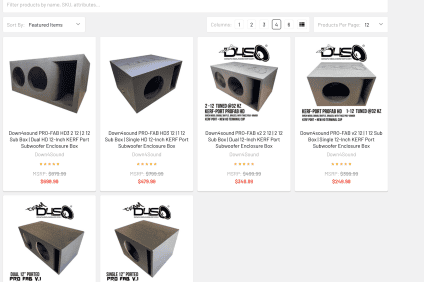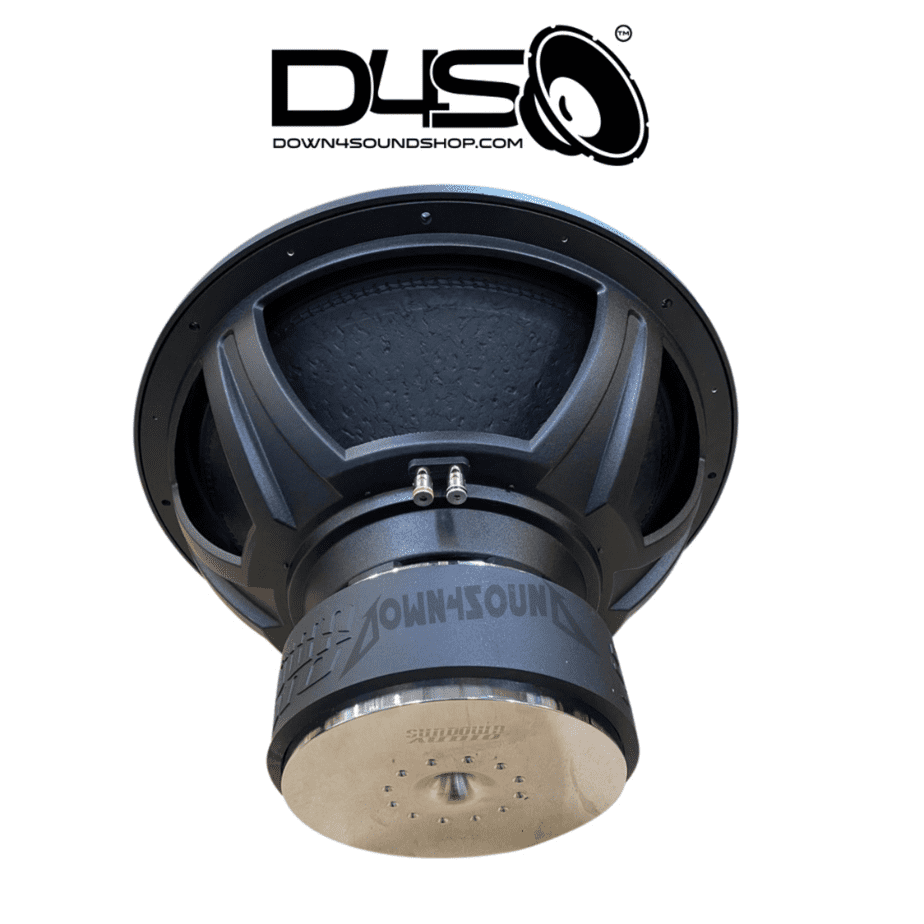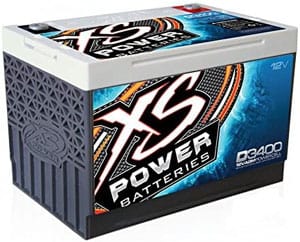If you are new to car audio, or just want to upgrade your system to improve your in-car listening experience, then you are probably wondering what your “perfect” setup should be. Trying to answer this question can be somewhat of a chore. In this post, I will go over a few fundamentals that will help you decide what may be your “ideal” car audio system.
What is the Perfect Setup?
The “perfect,” or “ideal” car audio setup is all based on personal preference and need. But, it should be one that best meets all, or most of, your needs. A great place to begin would be to ask yourself: What do I want my car audio system to do for me? Take a look at your current car audio system and then go from there. Does it meet your needs, does it sound the way you want it to sound, etc. Let me pose a couple questions for you so we can help you find your way.
How does your current car audio system sound to you? Does it sound warm and rich? Does it give you goosebumps when you listen to your favorite type of music? If it doesn’t something is obviously lacking, right? This can be a couple of things. One, your head unit (radio) may be lacking the power needed to drive the speakers. Two, your speakers are those flimsy, stock units that typically leave your music just sounding flat. Three, your system may sound ok, but it’s just lacking so low-end bass. All of these issues can be remedied quite easily.
What do you want your car audio system to do for you? This can be a hard question to ask yourself, but let me pose a couple more questions for you. Do you want clean, crisp music? Do you want loud thumping, punch you in the chest, bass? do you just want something that is a drastic improvement over the stock system, would you like features like CarPlay or Android Auto? All of these questions are legitimate questions to ask yourself. Knowing more about what you prefer will help aid you in the decisions you will make in regard to your new car audio equipment.
Finding the perfect components for your car audio system is just fairly easy when you’ve asked yourself a couple questions about how you want it to sound, and what needs you would like it to meet for you.
What Are Your Upgrade Options?
You’ve asked yourself a few questions about the current state of your car audio system and where you would like it to be, now let’s look at your options for upgrading it.
Speakers

Replacing your speakers can be a huge upgrade in the sound category. Most, if not all factory speakers are constructed of cheaper materials like lightweight paper and are not able to hand the power needed to make them sound half-way decent. Even the manufacturers “upgraded” systems are not built well either. Another thing to take into consideration is age. How old are your current speakers? They degrade over time making them even less able to produce decent sound, musically.
A brand new set of aftermarket speakers will drastically improve the sound quality of your current car audio system. Aftermarket speakers are constructed with higher-quality materials than stock and can take a little bit more abuse without sounding distorted. New speakers will improve your music over the entire range of sound, lending to cleaner highs and deeper, more impactful bass responses. They will also be more durable, as well.
When deciding on new speakers, there are a couple routes you can take. Coaxial speakers are speakers that have a tweeter built into the mid-bass driver. These are the easiest to install and are very cost-effective, especially if you are on a tighter budget. Component speakers are the pinnacle of speaker replacement. As the name suggests, these speaker sets are comprised of separate mid-bass drivers and tweeters and usually include external passive crossovers. Component speaker systems offer the best in sound quality and frequency response. The trade-off? Components can be pricey and have a more involved installation process. This type of speaker system is great for those who already have factory separate mid-bass and tweeter systems. For example, mid-bass located in the door and tweeter in the dash.
Either option will yield great results over the factory car audio speakers. The choice lies with your overall listening preference and budget.
Head Unit
Does your current car audio system still utilize the factory radio? If so, you may benefit from trading that in for a new, feature-packed unit that has the power to make your music sound better.
Almost all head units today have built-in amplifiers that put your stock radio to shame, in many ways. The new head units also have more control over your music-listening experience by including more options to tailor the sound to your preference. Many head units include EQs, time alignment, and even built-in crossovers, which stock radios do not have.
A new head unit can not only make your music sound better, but it can also add some popular features like Bluetooth, navigation, Apple CarPlay, Android Auto, or even multi-zone media, to a vehicle that did not have those features in the first place. In addition (depending on the vehicle) a new head unit can be used as a vehicle information system with add-on modules such as the iDatalink Maestro RR. When configured in this manner, your new head unit can provide extra gauges, and even adjust the climate controls within your vehicle.
Subwoofer(s)

If your current car audio system lacks that thump of that bass drum in your favorite rock song, then maybe you need to add a subwoofer to your setup. A subwoofer will handle all of the lower-frequency notes of your favorite music, giving you that “punch-in-the-chest” feeling.
Subwoofers are typically larger drivers than those located within the doors of your vehicle. They can range in diameter from 6.5”, all the way up to 18” and beyond, depending on the manufacturer.
When deciding on a subwoofer setup, you have to ask yourself: What music will I typically listen to, or will it vary? This is important because it will help you determine if your subwoofer should be mounted in a sealed or ported (vented) enclosure. With a sealed enclosure, you will get a punchier bass response, which is good for a variety of music including rock. If you like a lot of bass-heavy music like hip-hop, then a ported, or vented enclosure, should be your choice. A ported enclosure will give you the low-down thumping bass that hip-hop and bass-heavy music possess.
If you are considering adding a subwoofer to your system, then you must also choose an amplifier to power it. The head unit (aftermarket or stock) will not have the wattage necessary to move a subwoofer the way it was designed. This is why you will always need an external subwoofer amplifier. In the next paragraph, I will go over amplifiers and why you may need one in your car audio system.
Amplifier(s)

If your current car audio system lacks that pizzazz you are looking for, then maybe an external amplifier may be needed to power your speakers. An amplifier is used to “boost” or amplify the audio signal from your head unit, allowing your speakers to sound louder and more vibrant.
Amplifiers come in a variety of tastes. There are multi-channel amplifiers and monoblock (single channel, or subwoofer) amplifiers. Depending on your needs, you will want to choose the amplifier that is right for your setup. For example, if you installed four new 6.5” coaxial speakers in your vehicle’s doors, then you would want to choose a 4-channel amplifier with a power rating that matches your speakers. If you want to install a subwoofer, then a monoblock would be your choice. In a previous post, I go into amplifier and speaker, or subwoofer matching. You can find that post, HERE.
Other Considerations
If you upgraded your current car audio system, but it is still missing something. Do your exhaust, or road noise compete with your music? If so, sound deadening may be something your vehicle needs.
Sound deadening material, usually applied in sheets, like D4S deadening is the perfect way to eliminate the unwanted noise in your vehicle and to aid in making your car audio system sound its best. Sound deadening will rid your vehicle of rattles, and external noise pollution that will take away from your listening experience. Sound deadening is almost a must if you are, or going to, run a subwoofer set up in your vehicle. The deadening material will stop your trunk and body panels from rattling due to the pressure waves produced by the subwoofer and increase the bass response.
Sound deadening is an easy addition to make to a vehicle and is pretty easy on your wallet. You can find a previous post about sound deadening, HERE.
Conclusion
As stated previously in this post, the perfect car audio system is all personal preference and based on want you want your system to achieve for you. I hope this post has given you some fundamental ideas for choosing what car audio equipment would make your car audio system the “perfect” system for you.
Shop DOWN4SOUNDSHOP.COM for all your favorite car audio brands. Experience the DOWN4SOUND DIFFERENCE.
- Lowest possible prices on all your favorite car audio brands
- We stock the most products in our warehouse
- The best customer service in the industry
- Free shipping
- Financing plans available
- Free goodies with every order!
DISCLAIMERS:
** Please note that this article provides general information on how to upgrade the car audio system in a vehicle. Keep in mind that not all vehicles are the same and may require different installation methods and techniques to ensure a safe and effective install. By no means, am I a professional mechanic or car audio installer, and D4S and I, are not liable for any damages caused to your person or vehicle by following these instructions. Please consult a professional if you have any questions or concerns regarding your own vehicle and how to perform modifications such as the one explained in the previous statements.




comments (0)